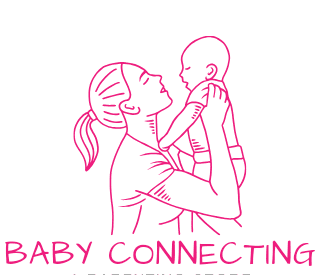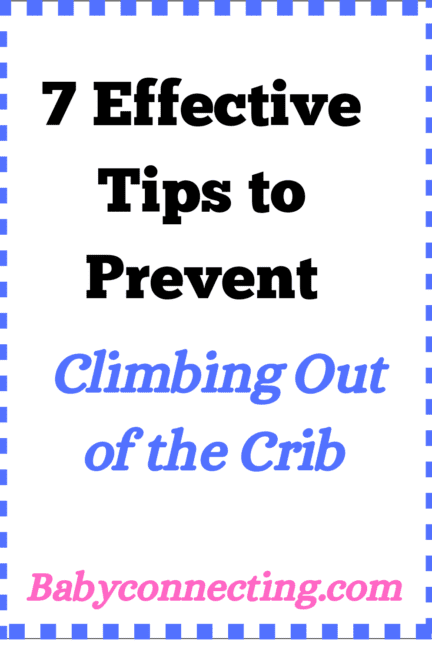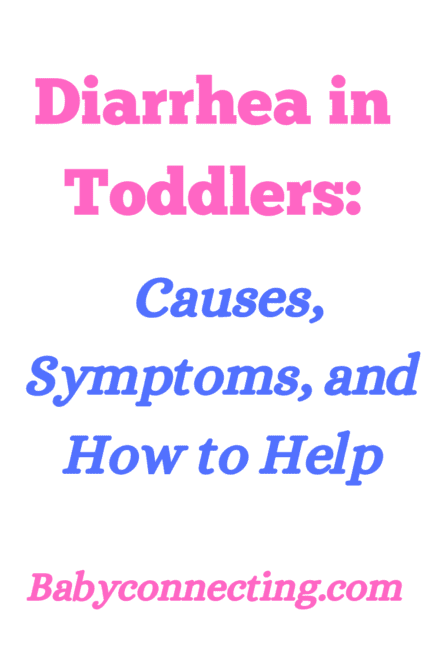“Keeping Your Toddler Safe: 7 Effective Tips to Prevent Climbing Out of the Crib”
Introduction:
Toddlers are notorious for their curiosity and adventurous spirit, which can sometimes lead to unexpected challenges, such as climbing out of their cribs.
As a parent, ensuring your toddler’s safety during sleep is paramount, and preventing crib climbing is essential for minimizing the risk of falls and injuries.
In this article, we delve into seven effective tips backed by research references to help parents prevent toddler climbing out of the crib while promoting safe and restful sleep.
1. Adjust the Crib Mattress Height:
Most cribs come with adjustable mattress heights to accommodate your growing child. Lowering the mattress to its lowest position can make it more challenging for toddlers to climb out of the crib, as it reduces the height they need to scale.
Research suggests that adjusting the crib mattress to the lowest setting can help prevent climbing incidents and ensure the safety of your toddler during sleep. (Reference: Task Force on Sudden Infant Death Syndrome, 2016)
2. Use a Sleep Sack or Wearable Blanket:
A sleep sack or wearable blanket can restrict your toddler’s movement and make it more difficult for them to lift their legs over the crib rails. By securely enclosing your toddler in a sleep sack, you can prevent them from attempting to climb out of the crib while also keeping them warm and cozy during sleep.
Studies have shown that using a sleep sack can promote safe sleep practices and reduce the risk of injury in toddlers. (Reference: Task Force on Sudden Infant Death Syndrome, 2016)
3. Remove Hazardous Objects from the Crib:
Eliminate any objects or toys that could potentially aid your toddler in climbing out of the crib, such as stuffed animals, pillows, or blankets. These items not only pose a suffocation hazard but also provide a foothold for climbing.
Research emphasizes the importance of maintaining a clear and clutter-free sleep environment to prevent accidents and ensure safe sleep for toddlers. (Reference: Task Force on Sudden Infant Death Syndrome, 2016)
4. Implement a Consistent Bedtime Routine:
Establishing a consistent bedtime routine can help signal to your toddler that it’s time for sleep and promote relaxation. A predictable routine, such as bath time, story time, and cuddles, can create a sense of security and stability for your toddler, reducing the likelihood of them attempting to climb out of the crib out of boredom or restlessness.
Research has shown that a consistent bedtime routine is associated with improved sleep quality and duration in toddlers. (Reference: Mindell et al., 2015)
5. Provide Ample Daytime Physical Activity:
Encourage plenty of physical activity and playtime during the day to help your toddler expend excess energy and promote better sleep at night. Engaging in active play, outdoor exploration, and gross motor activities can tire out your toddler, making them more likely to settle down and stay asleep throughout the night.
Research suggests that regular physical activity is associated with improved sleep patterns and behavior in toddlers. (Reference: Nixon et al., 2008)
6. Use a Toddler Bed or Convertible Crib:
If your toddler consistently attempts to climb out of the crib despite other preventive measures, it may be time to transition to a toddler bed or convert the crib into a toddler bed.
Toddler beds typically have lower railings or safety guards that make it safer for toddlers to get in and out of bed independently.
However, ensure that the toddler bed or converted crib is placed in a safe location away from hazards and secured to prevent tipping over. (Reference: Task Force on Sudden Infant Death Syndrome, 2016)
7. Supervise and Monitor Your Toddler’s Sleep:
Keep a close eye on your toddler during sleep to monitor their behavior and intervene if necessary. Installing a baby monitor with video capabilities can allow you to observe your toddler without disturbing their sleep.
If you notice signs of climbing or restlessness, gently intervene and provide reassurance to prevent any climbing attempts.
Research underscores the importance of parental supervision and monitoring to ensure the safety of toddlers during sleep. (Reference: Task Force on Sudden Infant Death Syndrome, 2016)
Conclusion:
Preventing toddler climbing out of the crib requires proactive measures and careful attention to your child’s sleep environment and behavior.
By implementing the tips outlined in this article, including adjusting the crib mattress height, using a sleep sack, removing hazardous objects, establishing a consistent bedtime routine, encouraging daytime physical activity, considering a toddler bed or convertible crib, and supervising your toddler’s sleep, you can create a safe and secure sleep environment for your little one.
Remember that each child is unique, and it may take some trial and error to find the most effective strategies for your toddler. With patience, consistency, and a focus on safety, you can help your toddler enjoy restful and peaceful sleep while minimizing the risk of climbing out of the crib.




